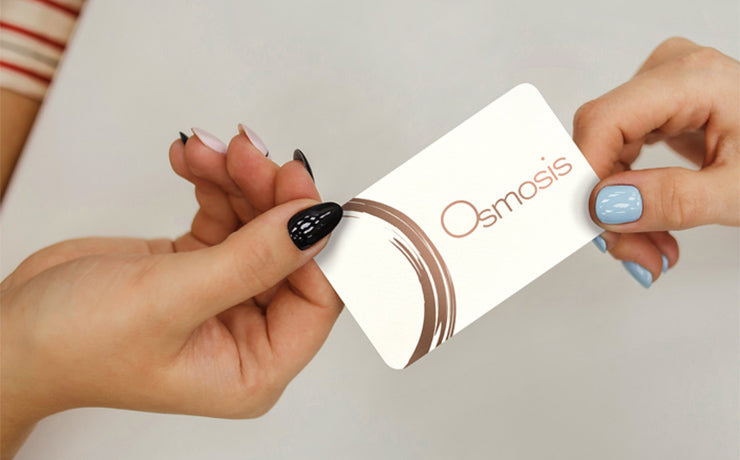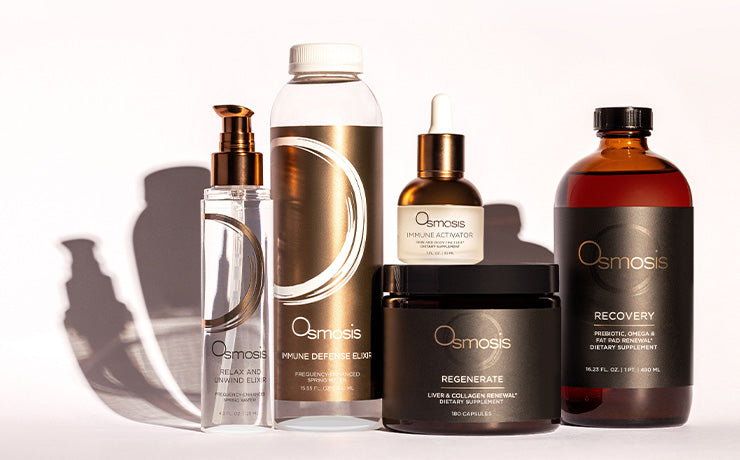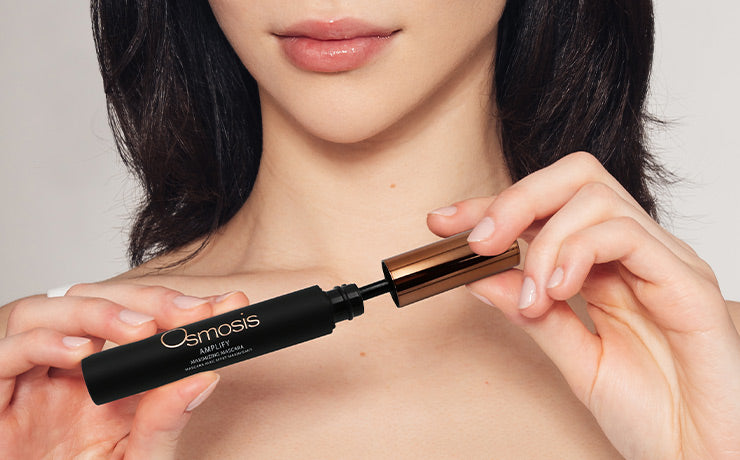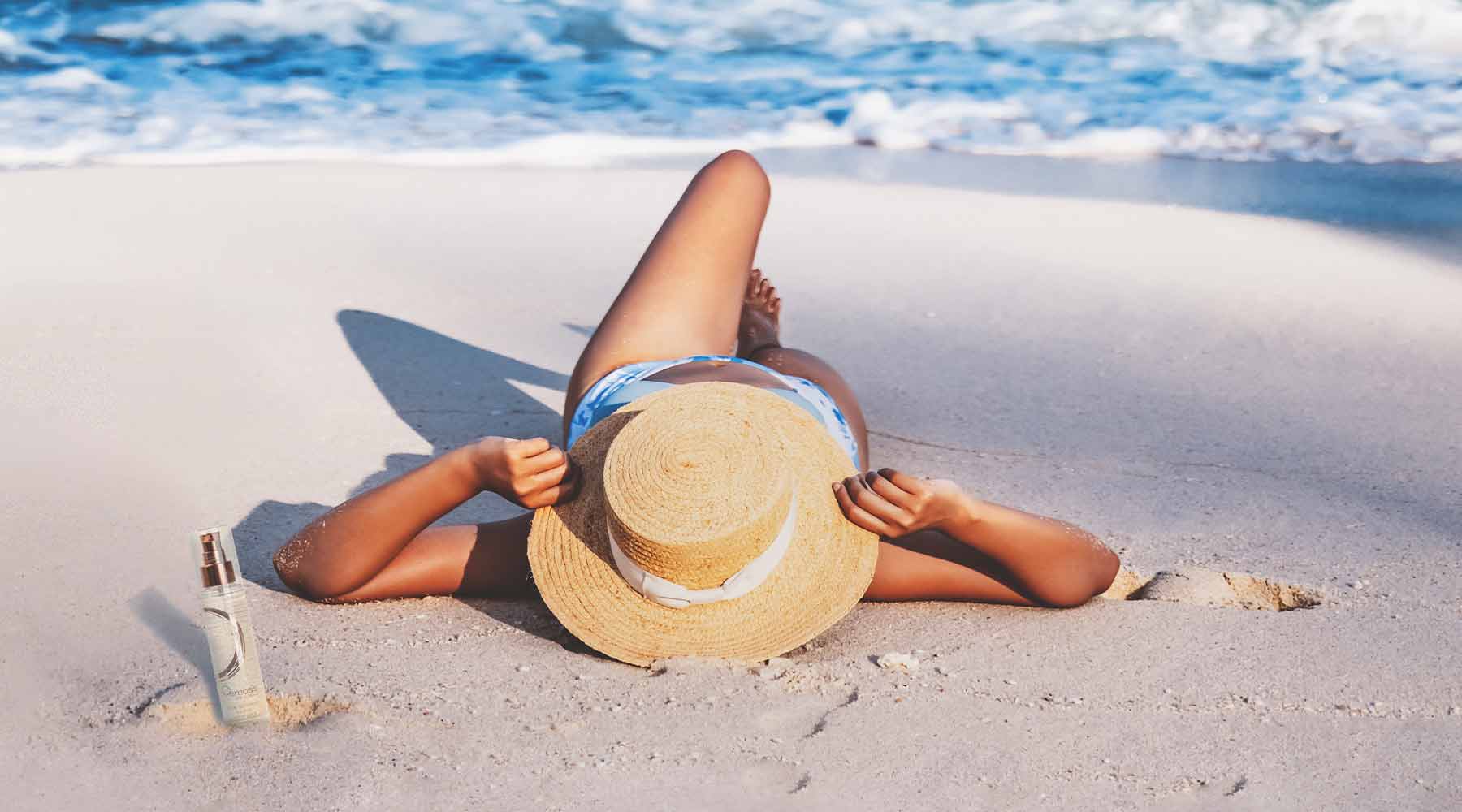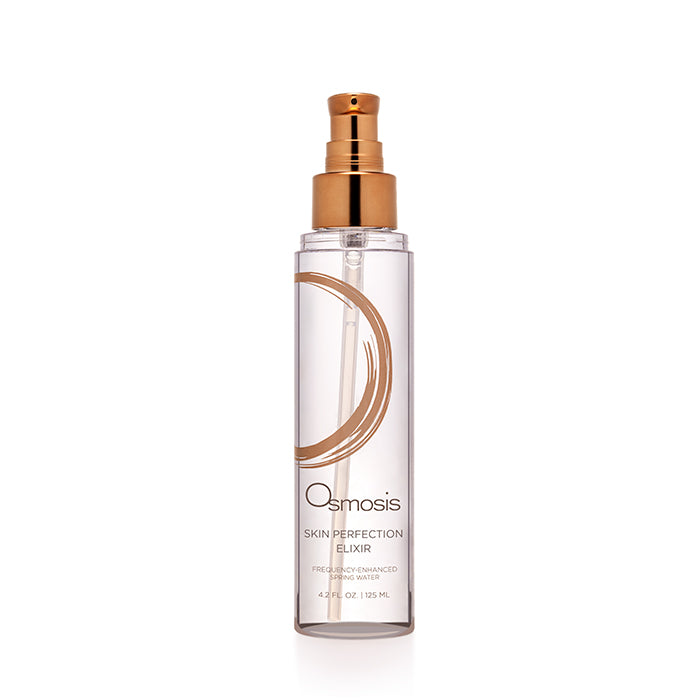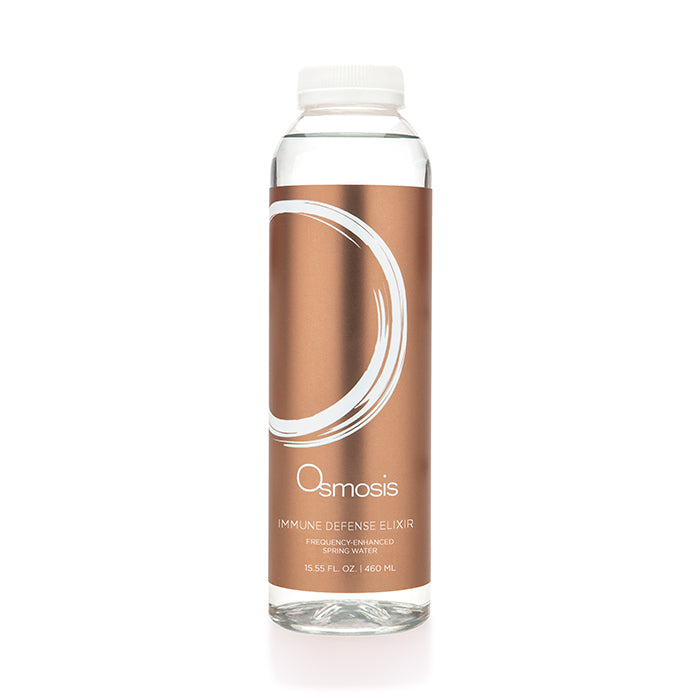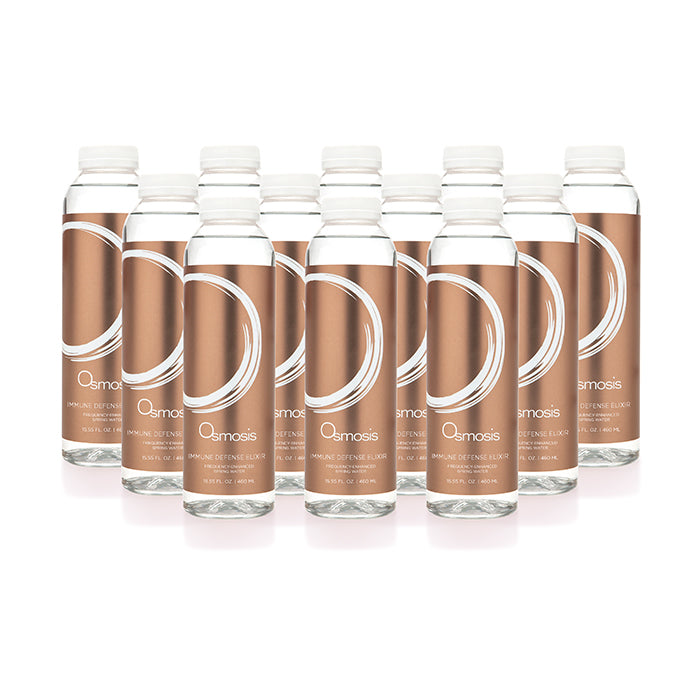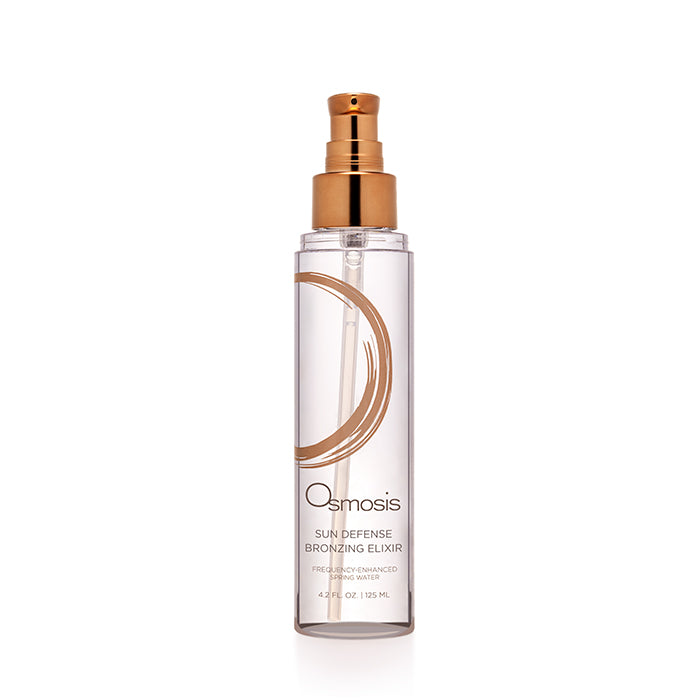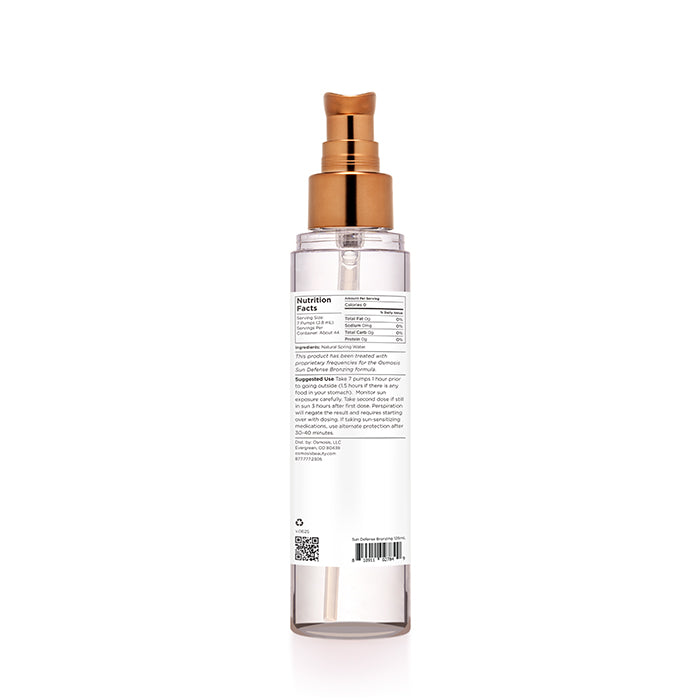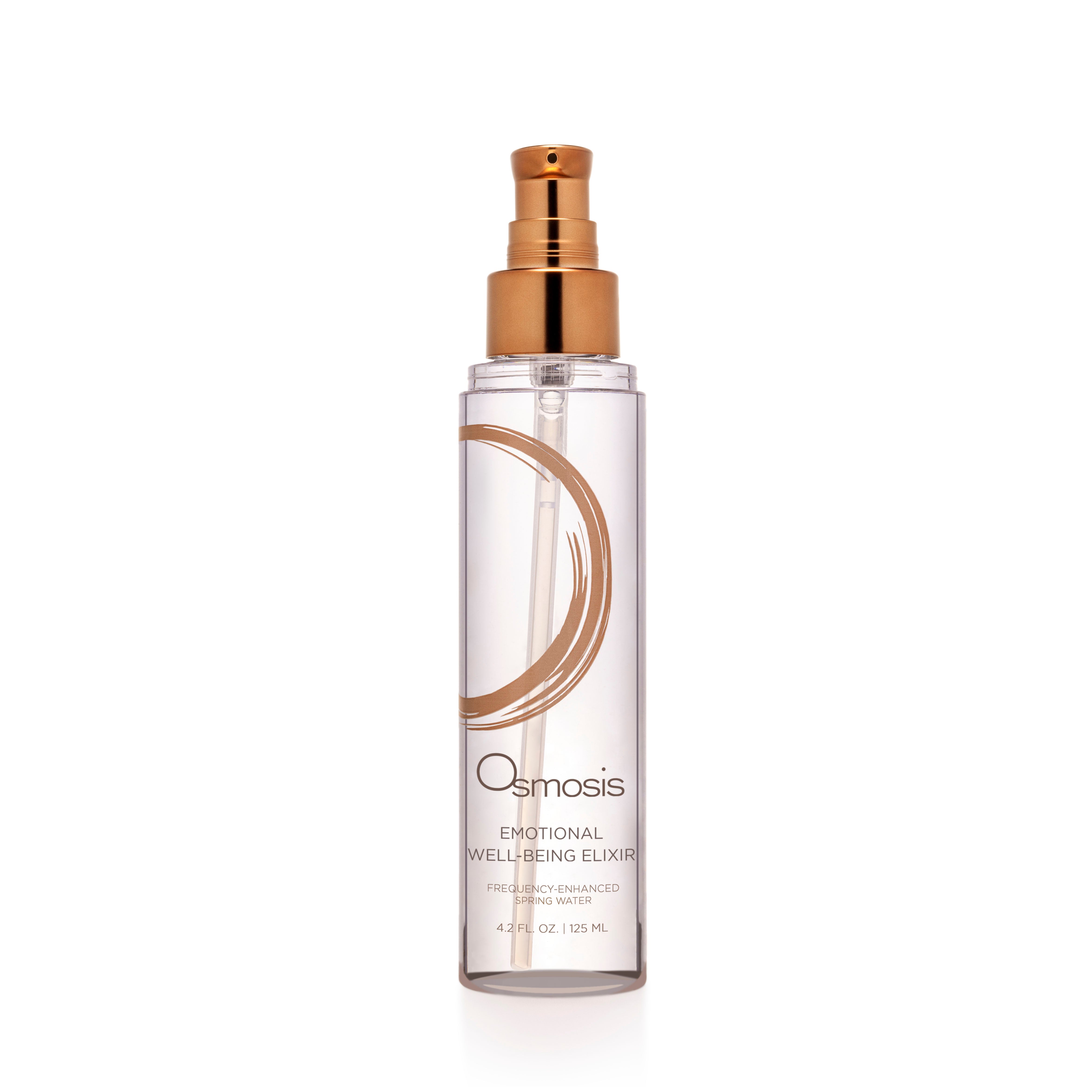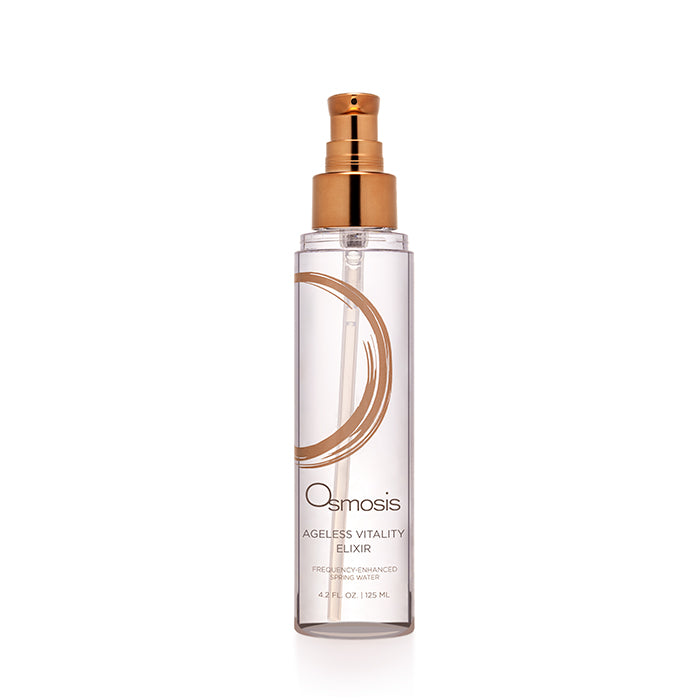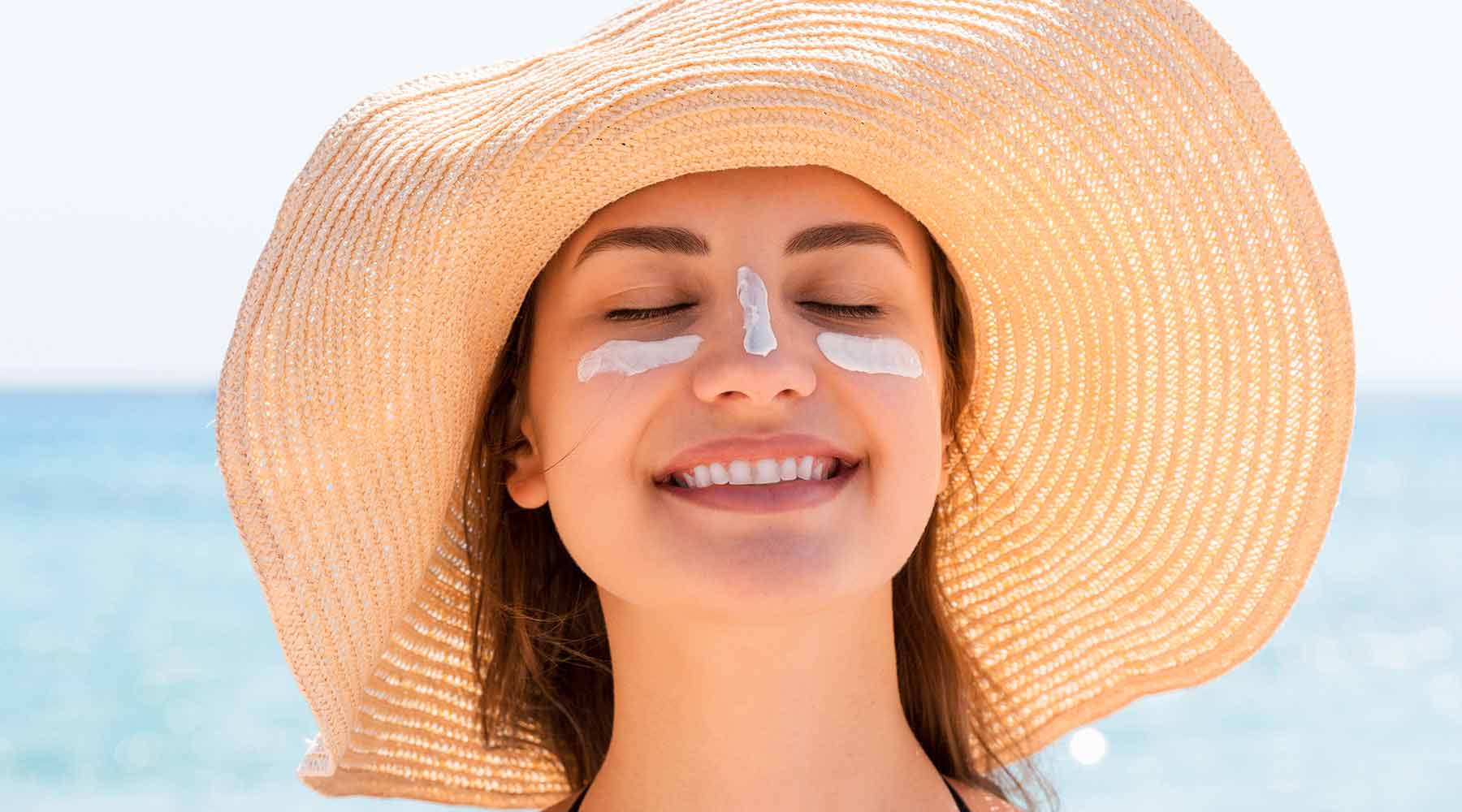
Your Sun Defense - 6 Suncare Pro Tips To Get You Through The Summer
Know what the Ultraviolet Index (UVI) is in your area:
The UVI is a rating scale—0-2 (low) to 11+ (extreme)—which indicates the daily amount of UV rays reaching the Earth’s surface in a given location. The U.S. Environmental Protection Agency (EPA) offers UVI forecasts by ZIP code. (There are apps for your phone so you can know the UVI at any time.)
Know that certain medications make you more sensitive to the sun:
Sun sensitivity is increased by drugs such as acne treatments, antibiotics, antihistamines, anti-inflammatories and some herbal supplements. Double-check all medications for cautions about sun sensitivities they may create.
Know to limit your sun exposure:
Monitor—and limit—the amount of time you expose yourself to the sun, especially during peak daylight hours—roughly from 9 a.m. to 3 p.m. Risks from exposure to UV rays greatly increase in the following situations:
- Summer time. Light is more intense in summer than it is in winter.
- Midday. Light is more intense at midday than it is in the morning or afternoon.
- High altitude. The higher you go, the more intense the sunlight.
- Reflective Light. You can also get burned purely by reflective light, so you should wear sunscreen even when you’ll be in full shade and on (or near) water or snow.
Know how to properly use sunscreen.
30 Minutes. Apply sunscreen early — and liberally. Plan ahead and apply sunscreen 30 before going outside so it has time to be absorbed.
Don’t Skimp. For sunscreen to do its job effectively, you should apply 1 ounce of sunscreen — the size of a golf ball — to every part of your body exposed to the sun. Don’t forget your ears, feet and back of the neck.
Every two hours. Forget all-day protection. Just like Sun Defense Elixir, sunscreen wears off after just a couple of hours. So, make sure you're covered by reapplying.
Know the “Red Flag” Ingredients.
This includes fragrance, phthalates, sodium laureth sulfate, and anything ending in “-paraben. And oxybenzone and octinoxate - read more on this below.
Know how to be Reef Safe.
Why is Reef Safe so important?
Terms like “reef-safe” or “reef-friendly” are typically used to identify sunscreens that do not contain oxybenzone and octinoxate, two common UV-blocking chemicals that studies have shown can cause coral bleaching.
When coral bleaches (turns white), it’s still alive, but it’s under severe stress, which leaves it susceptible to disease and death.. As wildlife around coral reefs can no longer find food, they move away or die creating barren underwater landscapes. Coral bleaching can be devastating to marine life and underwater ecosystems.
We think you’ll like:


PRO TIP
How do I know if Sun Defense Elixir or Sun Defense Bronzing Elixir is right for me?
Apply sunscreen all over exposed areas of face and body, leaving one arm uncovered. Take one dose of Sun Defense Elixir and monitor the exposed arm for signs of sunburn. No sunburn - you’re an ideal candidate for our Reef Safe Elixirs!

